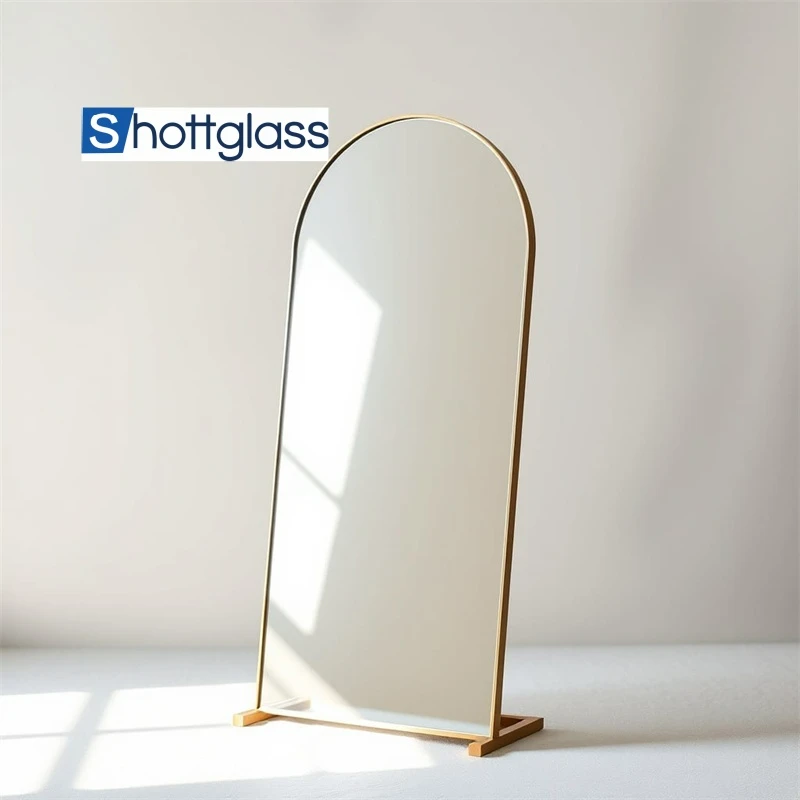Sep . 26, 2024 04:17 Back to list
Exploring the Benefits and Applications of Float Glass Panels in Modern Architecture
The Rise of Float Glass Panels in Modern Architecture
Float glass panels have revolutionized the architectural landscape, offering a perfect blend of functionality, aesthetics, and sustainability. The production process of float glass, invented in the 1950s by Sir Alastair Pilkington, resulted in high-quality, uniform sheets of glass suitable for a myriad of applications.
Float glass panels are produced by floating molten glass on top of molten tin, creating a flat, smooth surface. This unique production method not only enhances the optical clarity of the glass but also ensures exceptional thickness consistency. As a result, architects and builders can utilize float glass panels in a wide range of projects, from large commercial buildings to intricate residential designs.
One of the primary advantages of float glass is its energy efficiency. With advancements in coating technologies, float glass panels can now be treated to decrease thermal transmission. This insulation property helps regulate indoor temperatures and reduces energy consumption for heating and cooling systems. Consequently, buildings featuring float glass panels often achieve higher energy efficiency ratings, resulting in lower environmental impact and cost savings for occupants.
float glass panels

Moreover, float glass panels contribute significantly to the aesthetics of modern architecture. Their sleek, transparent quality enhances natural light penetration, creating open and airy environments. This design principle not only improves the mood and productivity of occupants but also emphasizes the connection between indoor and outdoor spaces. As cities evolve and the demand for sustainable buildings increases, float glass panels are increasingly used in green architecture, promoting transparency and harmony with nature.
Another benefit of using float glass is its versatility. It can be easily fabricated into various shapes and sizes, making it suitable for diverse applications, including windows, curtain walls, facades, and even glass flooring. Furthermore, advanced manufacturing technologies allow for customized treatments such as tinted or laminated glass, enabling architects to design unique projects that align with their vision.
In terms of durability, float glass panels are resistant to weathering and corrosion, ensuring longevity even in harsh environments. This durability translates to reduced maintenance costs and prolonged lifespan, making float glass an ideal choice for commercial buildings exposed to the elements.
In conclusion, float glass panels represent a crucial innovation in the field of architecture. Their combination of energy efficiency, aesthetic appeal, versatility, and durability makes them a preferred choice for modern construction. As the demand for sustainable and visually striking designs continues to grow, float glass panels will undoubtedly play a vital role in shaping the future of architectural design.
-
Sustainable Practices in a Modern Coated Glass Factory
NewsAug.07,2025
-
Insulated Glass Unit Installation Best Practices and Tips
NewsAug.07,2025
-
Frosted Glass Types and Custom Solutions for Sale
NewsAug.07,2025
-
Current Clear Float Glass Price Trends in Global Markets
NewsAug.07,2025
-
Comparing Different Types of Laminated Glass Performance
NewsAug.07,2025
-
Best Anti Fog Bathroom Mirror Solutions for Humid Climates
NewsAug.07,2025
Related PRODUCTS














